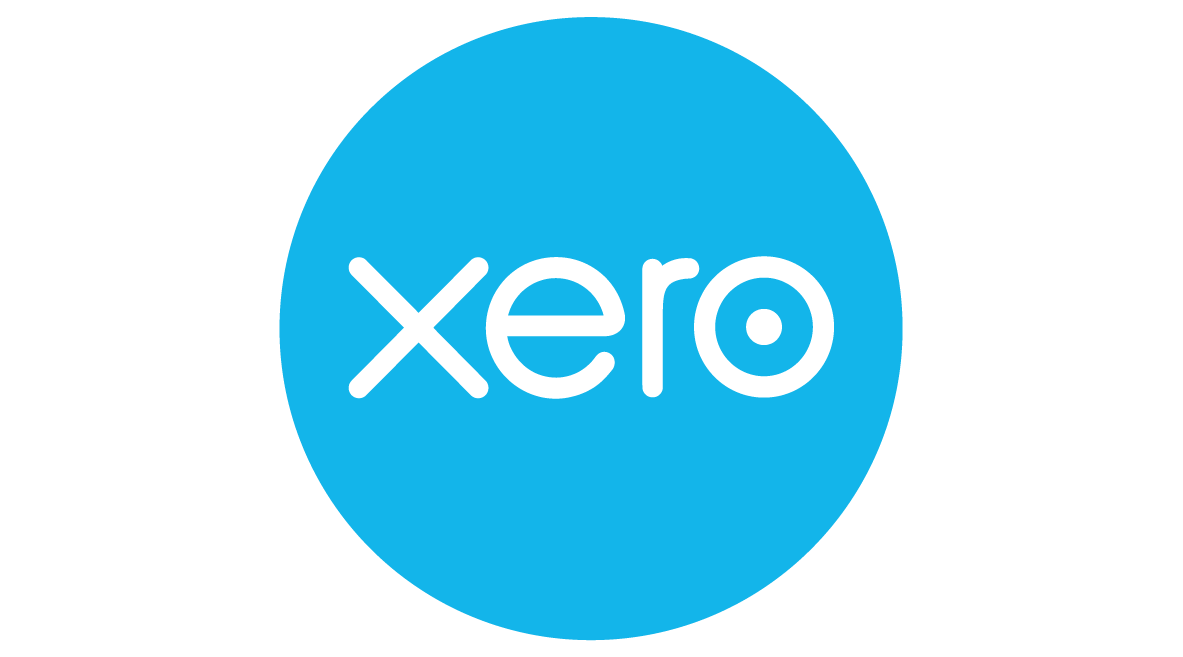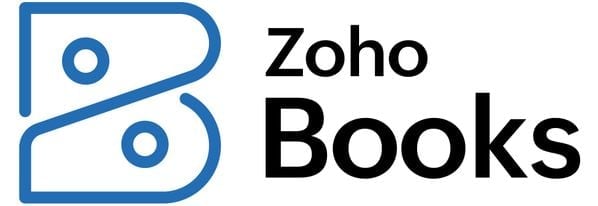Break-Even Analysis: What It Is and How to Calculate
The break-even analysis can help you evaluate decisions around cost and how to set your price competitively.

Many, or all, of the products featured on this page are from our advertising partners who compensate us when you take certain actions on our website or click to take an action on their website. However, this does not influence our evaluations. Our opinions are our own. Here is a list of our partners and here's how we make money.
A break-even analysis helps business owners find the point at which their total costs and total revenue are equal, also known as the break-even point in accounting. This lets them know how much product they need to sell to cover the cost of doing business.
At the break-even point, you’ve made no profit, but you also haven’t incurred any losses. This metric is important for new businesses to determine if their ideas are viable, as well as for seasoned businesses to identify operational weaknesses.
What is the break-even analysis formula?
The break-even analysis formula requires three main pieces of information:
Fixed costs per month: Fixed costs are what your business has to pay no matter how many units you sell. This could include rent, business insurance, business loan payments, accounting and legal services and utilities.
Sales price per unit: This is the amount of money you will charge the customer for every single unit of product or service you sell. Make sure to include any discounts or special offers you give customers. If you sell multiple products or services, figure out the average selling price for everything combined.
Variable costs per unit: These are the costs you incur for each unit you sell. They may include labor, the price of raw materials or sales commissions, and they are subject to change as sales fluctuate. To calculate, multiply the number of units produced by the costs of producing just one unit.
From there, the break-even point can be calculated in units.
Break-even point in units = fixed costs / (sales price per unit – variable costs per unit)
This gives you the number of units you need to sell to cover your costs per month. Anything you sell above this number is profit. Anything below this number means your business is losing money.
Once you’re above the break-even point, every additional unit you sell increases profit by the amount of the unit contribution margin. This is the amount each unit contributes to paying off fixed costs and increasing profits, and it’s the denominator of the break-even analysis formula. To find it, subtract variable costs per unit from sales price per unit.
» MORE: Best apps for small businesses
Break-even analysis example
Let's say you're thinking about starting a furniture manufacturing business. The first unit you're going to sell is a table. How many tables would you need to sell in order to break even?
If it costs $50 to make a table and you have fixed costs of $1,000, the number of tables you must sell to break even varies depending on price. Here are two scenarios:
If you sell a table at $100: $1,000 / ($100 — $50) = 20 tables
If you sell a table at $200: $1,000 / ($200 — $50) = 6.7 tables
This is a great example of how selling a product for a higher price allows you to reach the break-even point significantly faster. However, you need to think about whether your customers would pay $200 for a table, given what your competitors are charging.
When to use break-even analysis
Break-even analysis formulas can help you compare different pricing strategies.
For example, if you raise the price of a product, you’d have to sell fewer items, but it might be harder to attract buyers. You can lower the price, but would then need to sell more of a product to break even. It can also hint at whether it’s worth using less expensive materials to keep the cost down, or taking out a longer-term business loan to decrease monthly fixed costs.
Here are a few specific situations where a break-even analysis is especially useful:
Starting a new business: When starting a business, break-even analysis can help you figure out the viability of your product or service. If you do this analysis along with writing a business plan, you can spot weak points in your company's financial strategy and develop a plan to address them.
Launching a new product or service: Whenever you launch a new product or service, you'll need to determine its sale price and how much it costs to produce it. Using a break-even analysis, you can see how both of these factors affect your profitability. Eventually, you can choose a price that's fair to customers and realistic for your company.
Adding a new sales channel: If your business model changes to incorporate a new sales channel, that's a good opportunity to do a break-even analysis. For example, if you have a brick-and-mortar store but want to start an e-commerce business, your costs and pricing might change. You should make sure you at least break even so that you don't put too much financial strain on your business.
This article originally appeared on Fundera, a subsidiary of NerdWallet.
| Product | Starting at | Promotion | Learn more |
|---|---|---|---|
 QuickBooks Online NerdWallet Rating Learn more on QuickBooks' website | $35/month Additional pricing tiers (per month): $65, $99, $235. | 50% off for first three months or free 30-day trial. | Learn more on QuickBooks' website |
 FreshBooks NerdWallet Rating Learn more on FreshBooks' website | $21/month Additional pricing tiers (per month): $38, $65, custom. | 70% off for 4 months. 30-Day Money Back Guarantee. | Learn more on FreshBooks' website |
 Xero NerdWallet Rating Learn more on Xero's website | $20/month Additional pricing tiers (per month): $47, $80. | 90% off for 6 months. | Learn more on Xero's website |
 Zoho Books NerdWallet Rating Learn more on Zoho Books' website | $0 Additional pricing tiers (per month): $20, $50, $70, $150, $275. | 14-day free trial of the Premium plan. | Learn more on Zoho Books' website |

